Thunderbird Jewelry of Santo Domingo Pueblo

Welcome to the latest installation of A View into the Collection. As the Curator of Collections, I am regularly contacted by various potential donors. Many times, the loss of a loved one, a big move, or a desire to return a work of cultural significance motivates someone to reach out and offer their personal collection to a museum. This transfer of ownership is met with an explicit understanding that long-term care, and the sharing of knowledge and history via thoughtful curating and careful access is ongoing. With that, I wish to share with you the story of Rita Levine Lovato’s collection of “thunderbird jewelry”, and how it found a home with the Indian Pueblo Cultural Center.

In late 2012, we were contacted by Martine Lovato and his niece Reyes regarding a possible donation of a Santo Domingo Pueblo jewelry collection. An accomplished jeweler himself, Lovato had in his possession a sizable collection of what is commonly known as “thunderbird jewelry.” The variety of pendants, earrings, and necklaces were collected over a number of years by his wife, Rita, who had passed away. Martine and his niece related the story of Rita’s love of Native American art, and particularly finely crafted jewelry. During her years of collecting in New Mexico, and other places, she met Martine. The two shared a common love and interest in Pueblo jewelry, and eventually fell in love with each other.

Rita had dreams of opening her own small museum and gallery shop with all that she had collected. Sadly, she passed away before she was able to fulfill her dream, and much of her collection remained in the care of Martine. He felt a strong need to donate this special collection of jewelry to a museum where it would be in long-term care and shared with the public when the opportunity to be exhibited transpired. What makes thunderbird jewelry so distinct and unusual has much to do with a certain period in history, the location of its origin, and the abundant creativity of Santo Domingo artisans.
Tourists arrived in New Mexico first by train, and later, by automobile. The Pueblo of Santo Domingo is located nearly equidistant between Albuquerque and Santa Fe. Established along the Rio Grande and near what was historically called Route 66 and is now Interstate 25, the Keres speaking people were recognized for their adept jewelry making skills. At one point, there was a train stop at the Santo Domingo Pueblo.
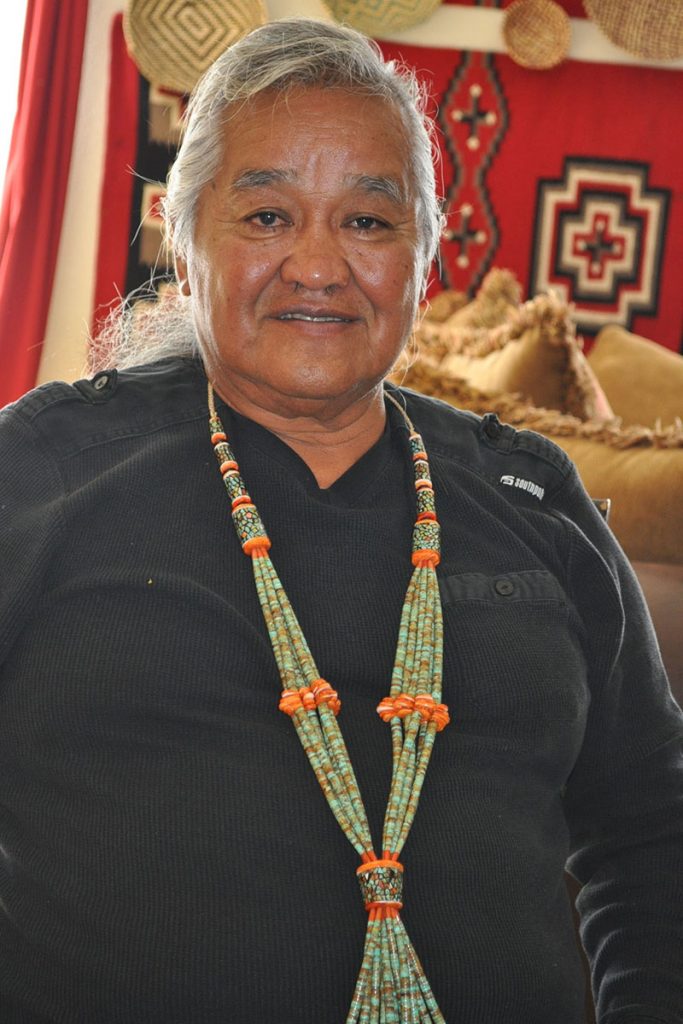
However, in the early 1930’s, the Great Depression caused great strife and struggle for many people within the Pueblos, surrounding reservations, and the country as a whole. The effects of this low point carried into 1939, the start of World War Two, and beyond. The intersection of a depressed economy, tourists traveling via automobiles and trains, and the location of the Santo Domingo Pueblo saw the innovative development of a one-of-a-kind jewelry art form.

Prized turquoise stones, jet, and shell were utilized by jewelers at the Pueblo; however, in times of economic duress, these materials became too expensive, or scarce. Due to a lack of desirable materials, and with a strong need to continue providing for their families, artisans of Santo Domingo Pueblo adapted the use of found objects. Small leftover turquoise chips and pieces were inlayed with bright colorful celluloid from combs, plastic spoons and forks, and other household goods. Sun bleached bone or gypsum were fashioned into beads. The support for each, and the most innovative use of discarded material were pieces of black rubber from abandoned car battery casings. Later, broken phonograph records were also used. All of these materials were assembled into colorful pendants, teardrop shaped earrings, and the central figure and namesake – the thunderbird.

Thunderbird pendants and other pieces were first assembled with piñon sap. Later, this was replaced with Duco Cement glue. Each piece of turquoise, plastic, thick battery casing, bone, and gypsum were hand cut, shaped, and ground with stone and refined with leather straps. The character of each thunderbird shape reflects an individual artist’s creative aesthetic and personality. Some have wings facing up as if in flight, or relaxed at the side. The piece at right is further embellished with incised cuts around the exterior.
Often seen as tourist junk by elite art communities, a demand for these colorful and affordable wearable art pieces saw many Santo Domingo families pitch in to produce an array of pendants, necklaces, and earrings. The Thunderbird Jewelry Collection donated to the Indian Pueblo Cultural Center encompasses 70 pieces, including a few modern thunderbird necklaces inlayed on shell, jet, or turquoise.

Martine recalls watching his mother make thunderbird pendants. After Martine lost his wife Rita, Reyes moved in with him to help him get through a rough period. Eventually, she became his apprentice and now she and her husband Farrell are award-winning mosaic inlay jewelers. Were it not for Martine’s expertise as a jeweler and his deep connection to a thriving artistic Pueblo tradition, his knowledge would not have been passed on to his niece, Reyes. I am honored to have worked with them when we developed the Mosaic Patterns of the Thunderbird exhibition, and grateful for their trust in our museum as a home for this extraordinary collection.


About the Author
Our Curator of Collections, Amy G. Johnson, is from the Pueblo of Isleta, and also part Diné.
Her work with the Indian Pueblo Cultural Center spans nearly 19 years, and her areas of focus are to care for, manage, and research nearly 4,000 works of art in our permanent collection. She holds a Bachelor of Art from the University of New Mexico. The works in the Center’s collection showcase each of the 19 Pueblos here in New Mexico with a small collection of cultural material from tribes of the Greater Southwest. Her ongoing efforts to continually, and carefully preserve each piece for future generations of Pueblo artists, our guests, and researchers are paramount to the mission of the Indian Pueblo Cultural Center.






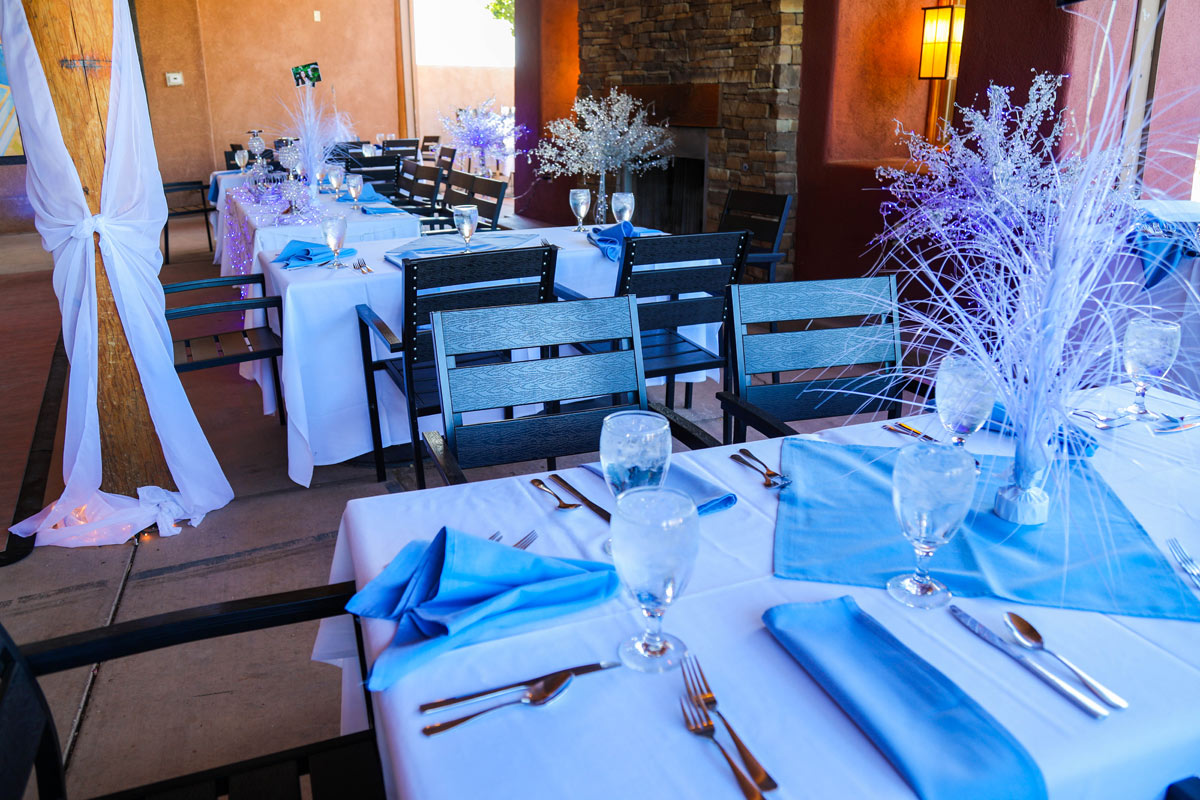


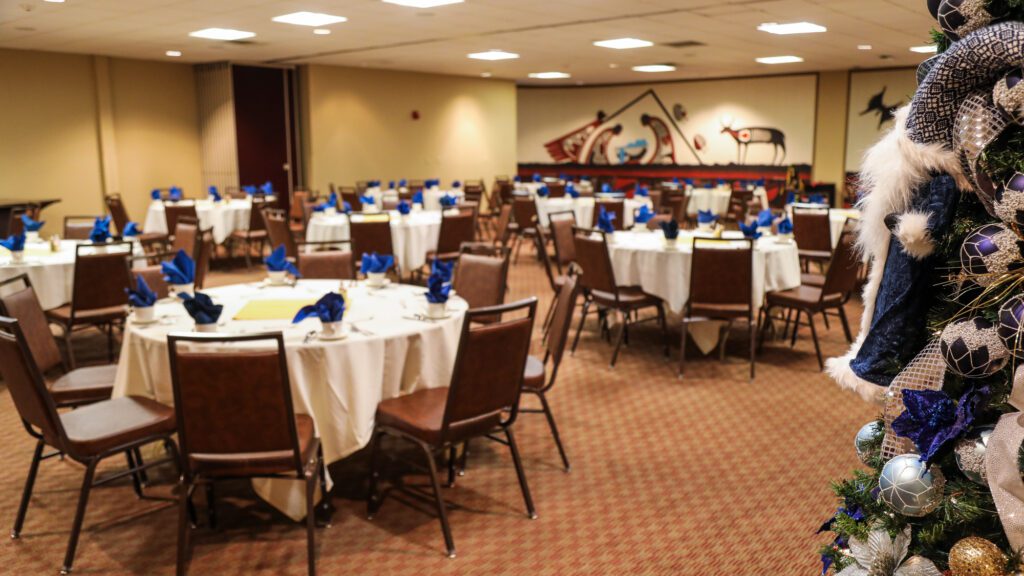


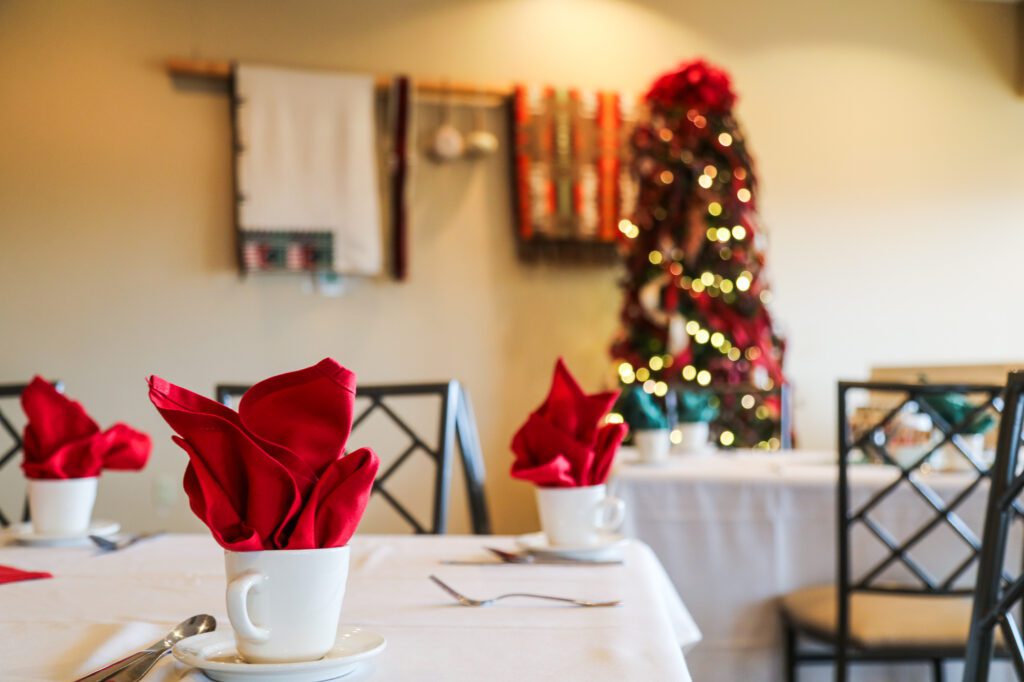












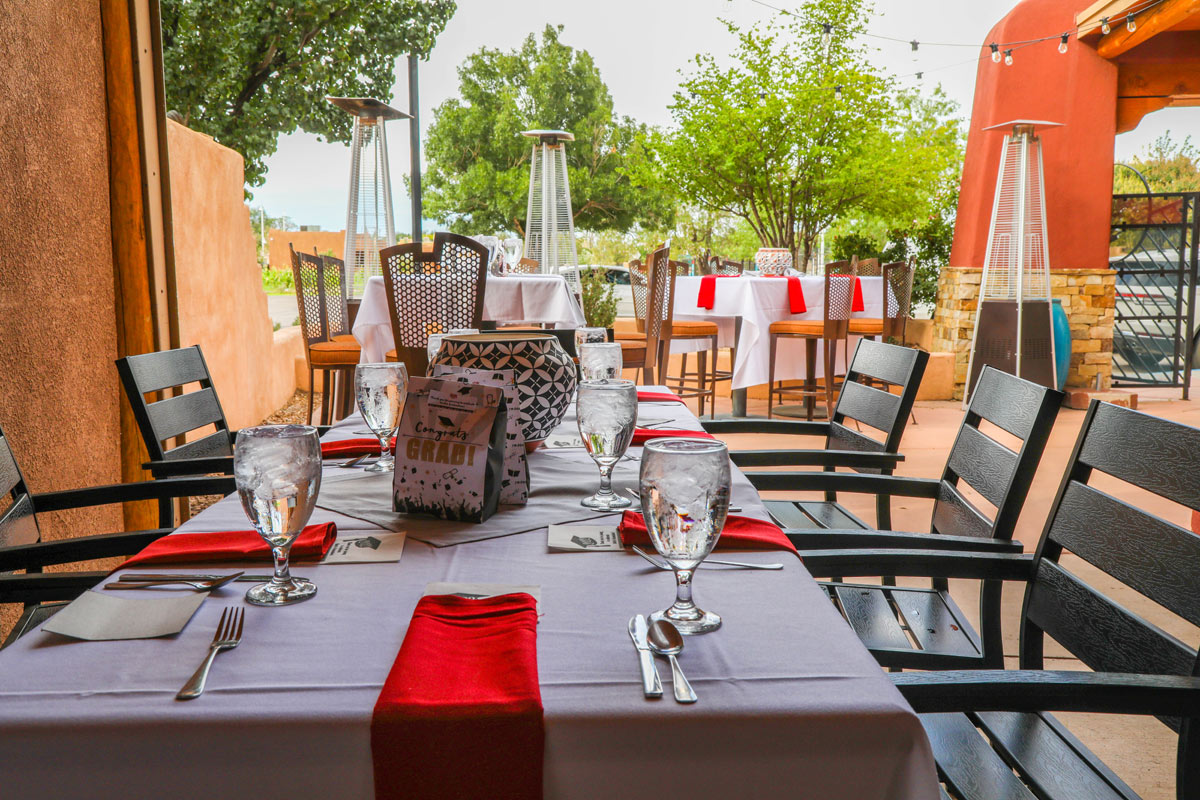















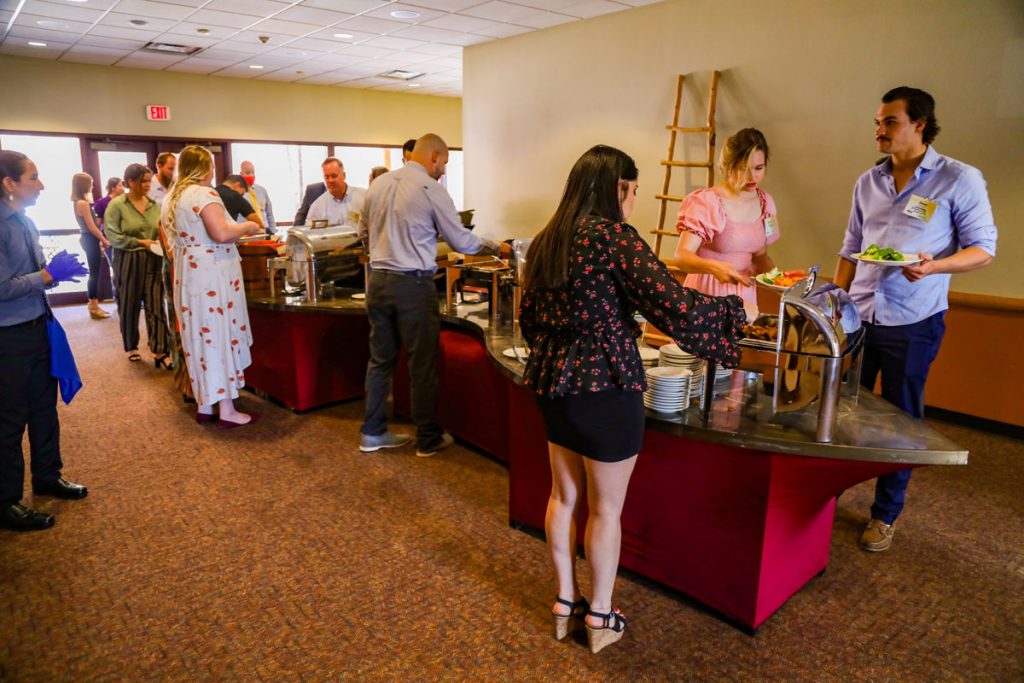


















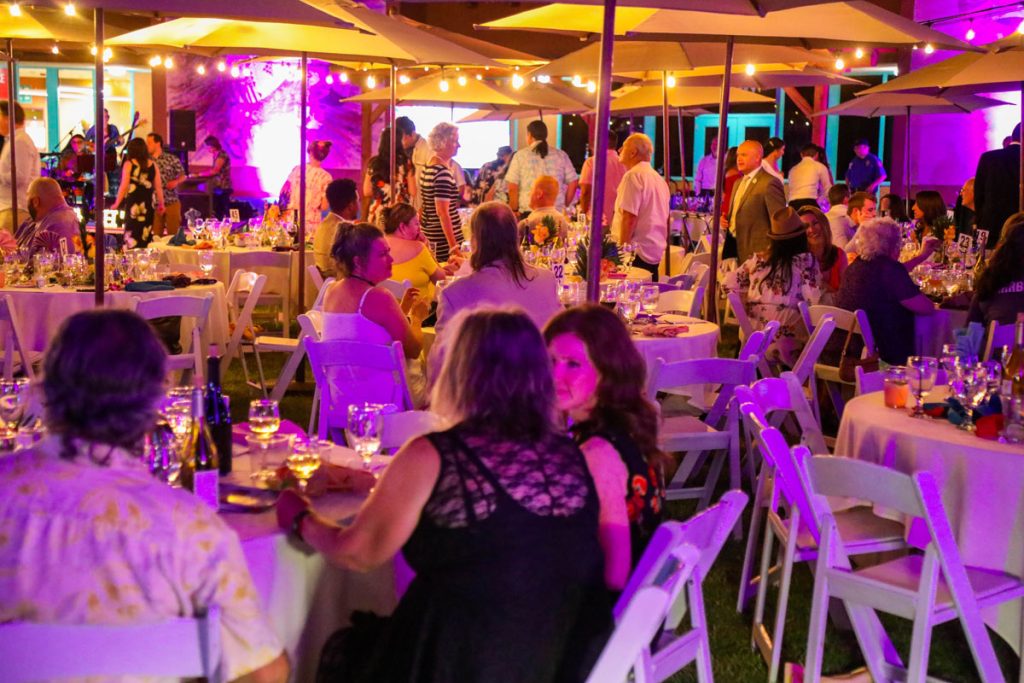









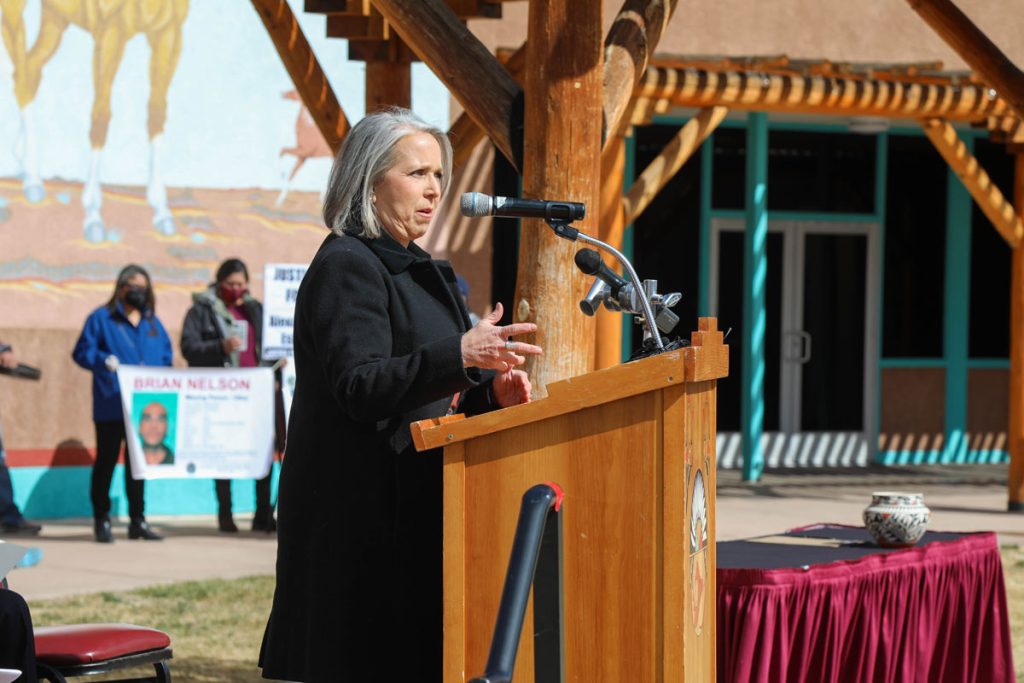


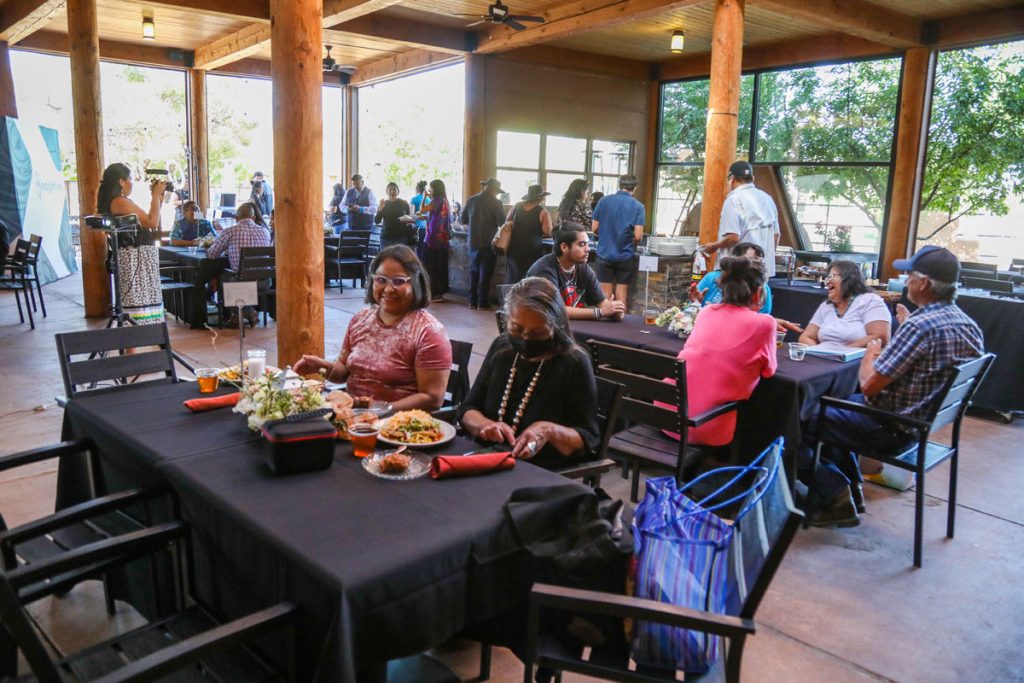











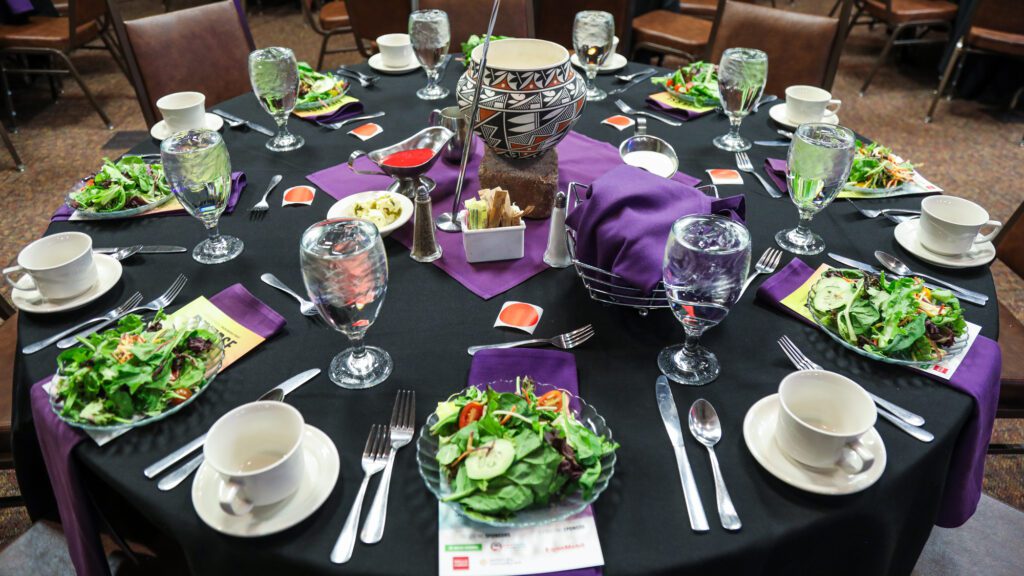

















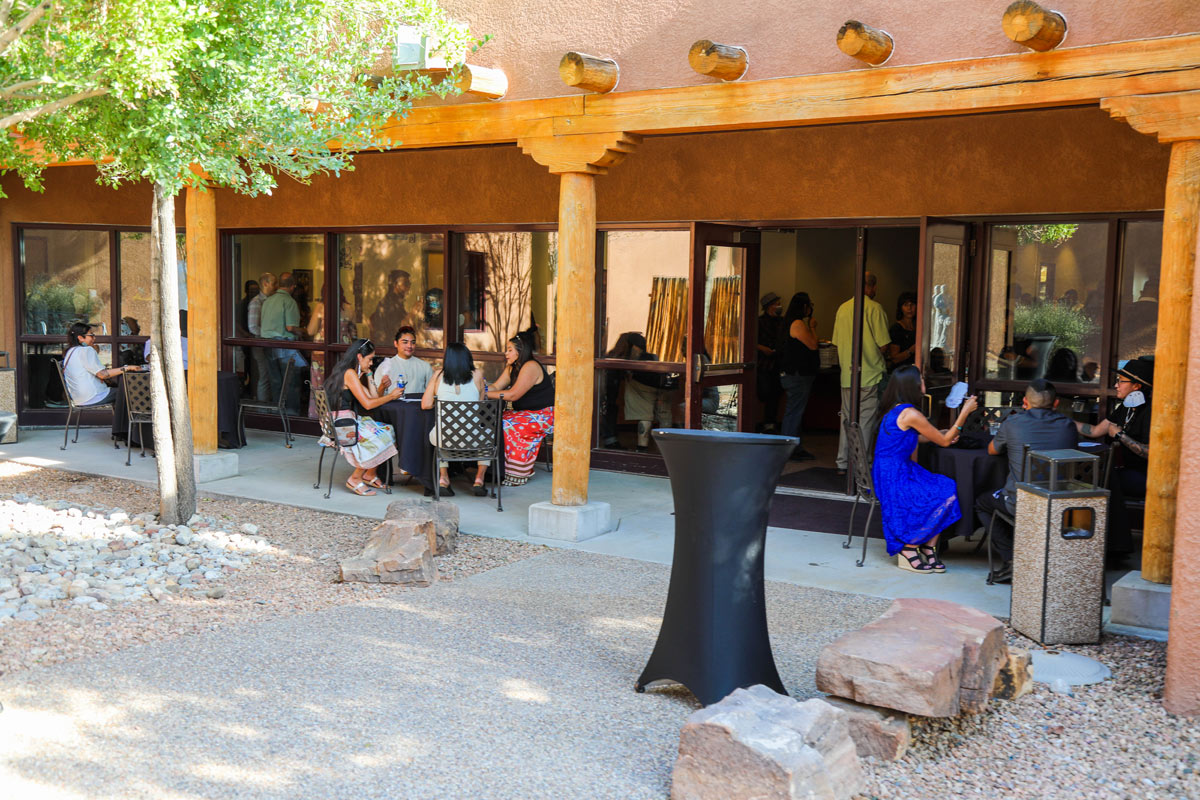
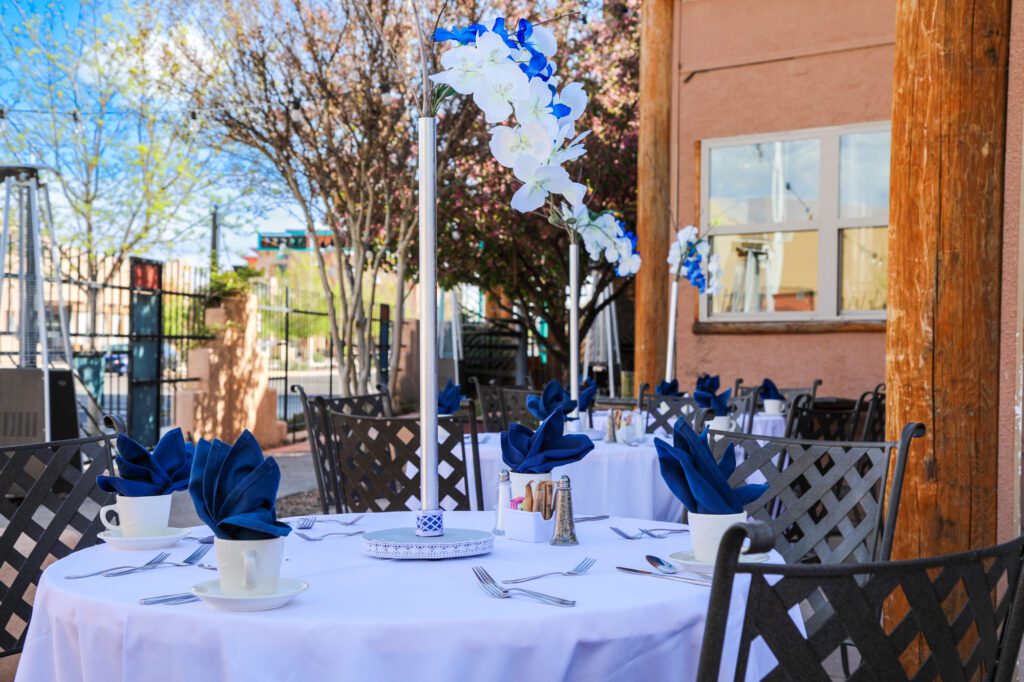





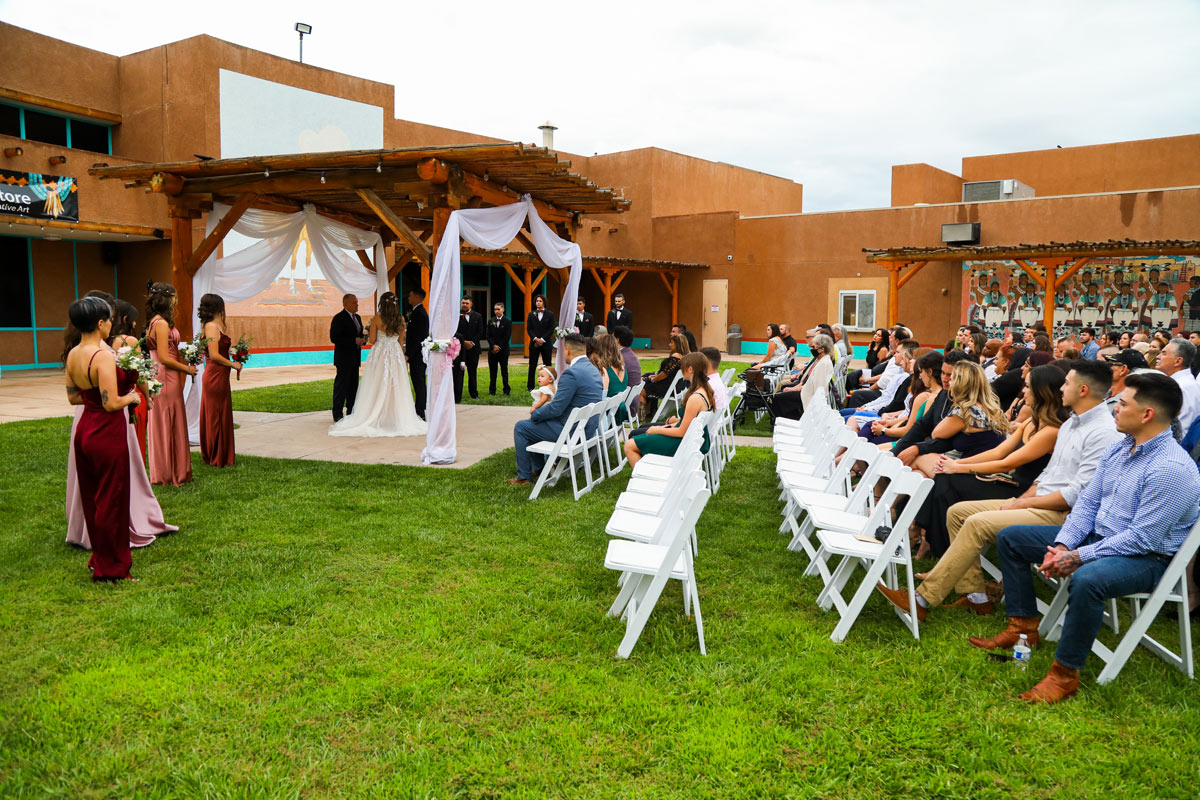
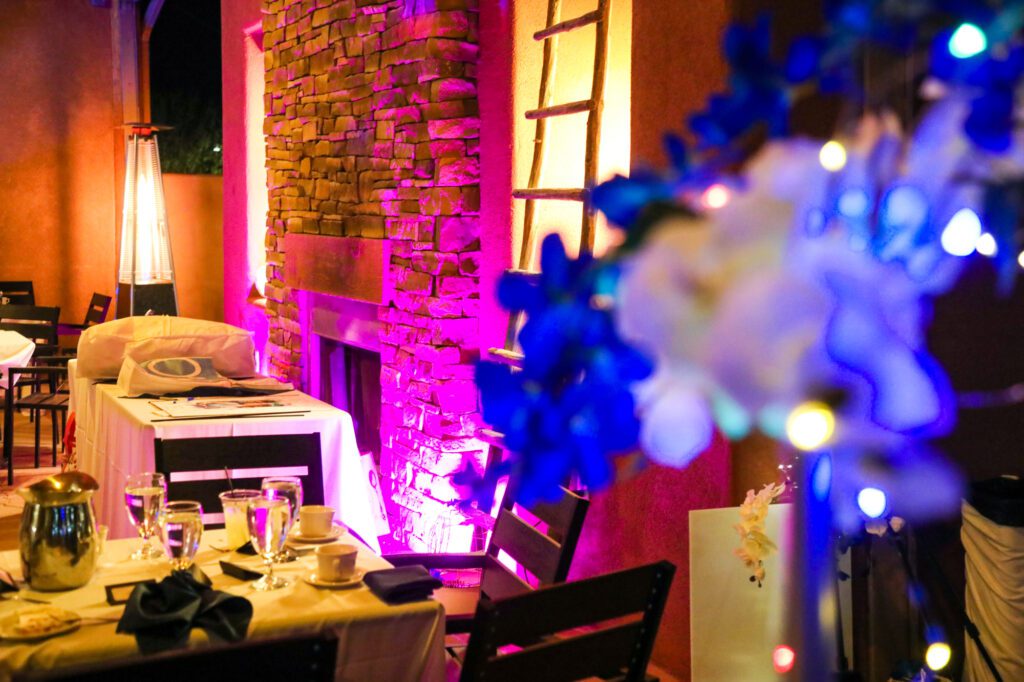















Fabulous article!
I am an artist who has worked with Mary Miss with the Sami Domingo artist designing a walkway between the village and the train station.
We sent time with the artists and became very close friend with them during this marvelous work.
Mary ( who is my wife) and I learned to love and understand the jewelry and the pottery of the tribe.
Acquired several pieces of jewelry including a marvelous thunderbird necklace from the depression period.
We love living with all of our small but beautiful collection and have been concerned where they would end up after we pass.
It would be very good if we can establish a connection.
Best regards
and safety
George Peck
Beautiful story & how everything came together as it was meant to be,
Love the bright orange color in the thunderbird jewelry. Are there any such pieces but smaller for sale?
Hello and thanks for commenting! Our Indian Pueblo Store does have one thunderbird necklace available for sale online here. They have others available in the physical store that you can call to get more info on and purchase at 505-724-3506.